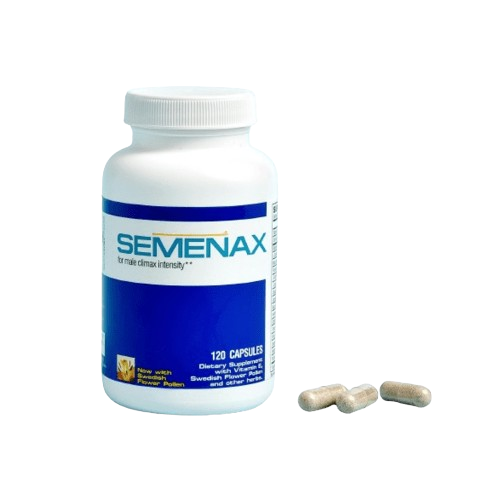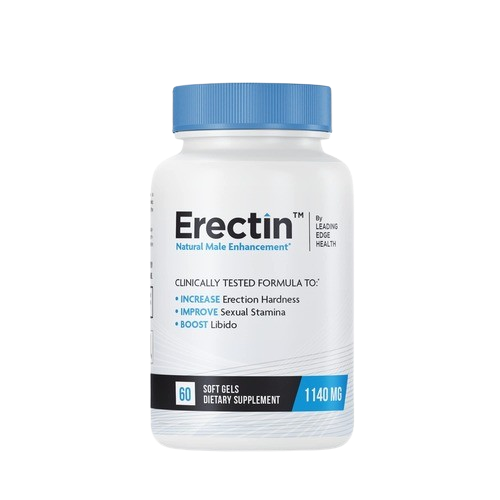Having issues with your bladder can be incredibly frustrating and disruptive to daily life. From the sudden, intense urge to urinate caused by bladder spasms to the burning pain of a bladder infection, bladder problems are no fun. But don’t worry, you’re not alone – these conditions are incredibly common, especially among women.
In this comprehensive guide, we’ll dive deep into the world of bladder spasms and infections. We’ll explore what they are, what causes them, and how to find relief through natural remedies and medical treatments. Plus, we’ll answer some of the most frequently asked questions about bladder health. So get comfy, grab a cup of tea (but go easy on the caffeine!), and let’s get started.
What is a Bladder Spasm?
A bladder spasm is a sudden, involuntary contraction of the muscular bladder wall. These spasms can cause an urgent need to urinate, even when your bladder isn’t full. The sensation can range from mildly uncomfortable to excruciatingly painful.
Bladder spasms are incredibly common, especially among women and older adults. In fact, studies suggest that up to 40% of women experience these spasms at some point in their lives. While usually temporary, frequent or severe spasms can significantly impact the quality of life.
What Causes Bladder Spasms?
Bladder spasms can arise from a variety of underlying medical conditions and external factors. Understanding the root cause is important for finding effective treatment and relief. Here are some of the major potential culprits behind those dreaded bladder spasms:
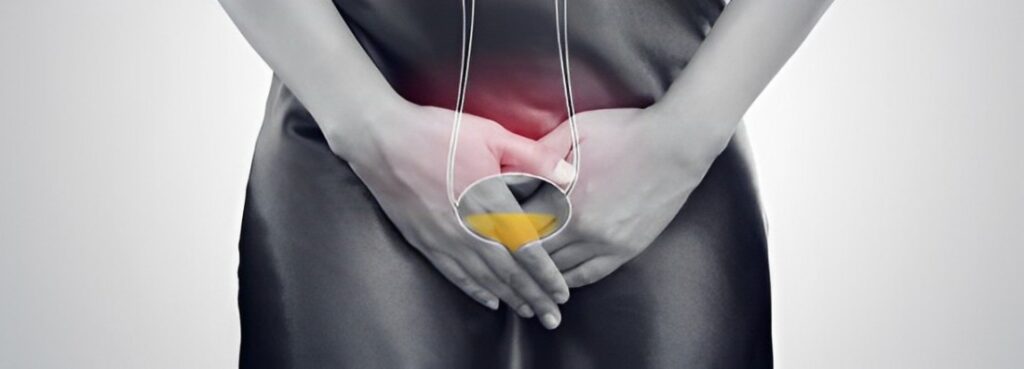
Overactive Bladder (OAB)
This chronic condition causes the bladder muscles to contract involuntarily and more frequently than normal, creating an urgent need to urinate. The exact cause of OAB is unknown, but it may involve nerve dysfunction, hormonal changes, or abnormalities in the detrusor muscles of the bladder wall.
Interstitial Cystitis (IC)
Also called bladder pain syndrome, IC is a chronic inflammatory condition that causes bladder pressure, pelvic pain, and sometimes painful bladder spasms or contractions. The cause is unclear, but it may involve defects in the bladder lining, autoimmune reactions, or leaky mast cells.
Urinary Tract Infections (UTIs)
When bacteria like E.coli enter and multiply in the urinary tract, they can trigger inflammation and irritation in the bladder lining. This leads to spasmodic bladder contractions as the bladder tries to expel the harmful bacteria.
Neurological Disorders
Certain conditions that affect the brain, spinal cord or peripheral nerves can disrupt the neural pathways that control bladder function. Parkinson’s disease, multiple sclerosis, stroke, spinal cord injuries and diabetic neuropathy may all contribute to bladder spasms.
Pelvic Floor Dysfunction
The pelvic floor muscles support the bladder and other pelvic organs. If these muscles are weakened, too tight, or inability to relax properly, they can cause uninhibited bladder contractions and spasms. Childbirth, surgery, or trauma can all impair pelvic floor function.
Certain Medications
Some drugs have been linked to increasing bladder spasm risk as a potential side effect, such as diuretics, muscle relaxants, antidepressants like duloxetine, and anticholinergic medications.
Other potential triggers for bladder spasms include dehydration, excessive alcohol or caffeine intake, radiation therapy to the pelvic area, and conditions that cause chronic pelvic pain like endometriosis or fibromyalgia. Identifying and treating the underlying cause is key to managing bladder spasm symptoms.
How to Stop Bladder Spasms Naturally
While medication may be needed in some cases, there are many simple, natural remedies that can help provide relief from painful or frequent bladder spasms. Making some lifestyle adjustments and trying home treatments can be an effective first line of defense.
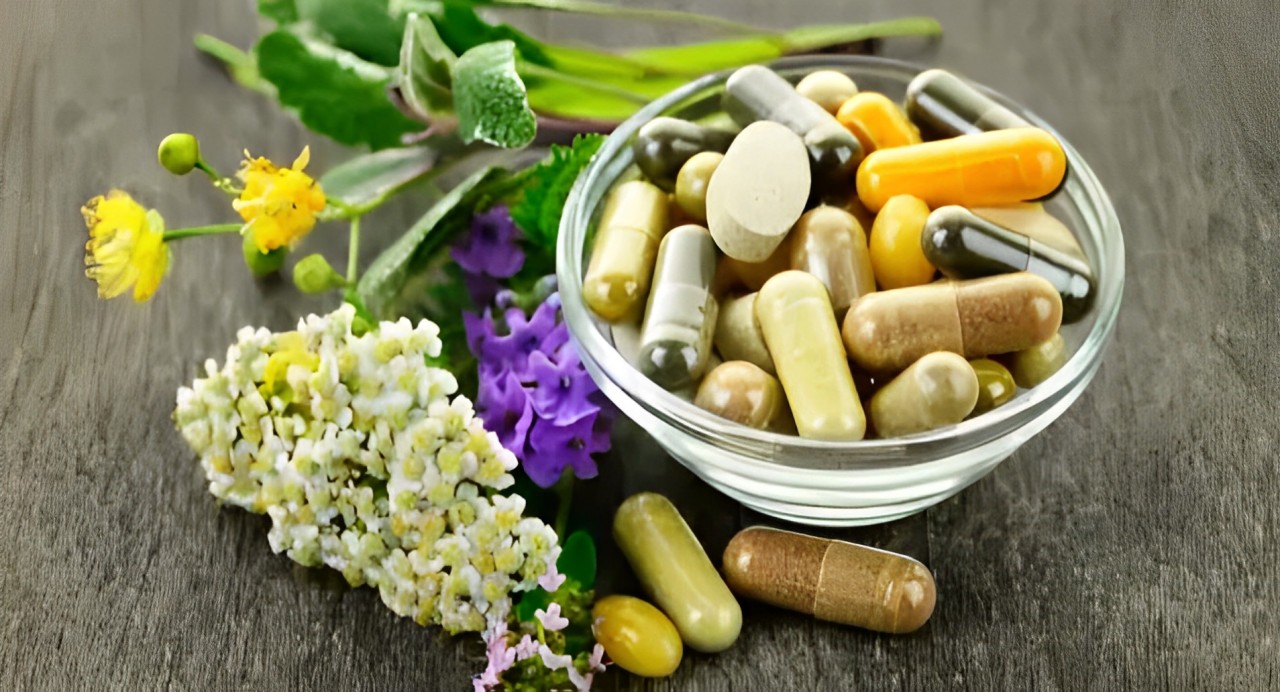
- Stay Hydrated: Drinking plenty of water is crucial for flushing out bacteria and diluting your urine to reduce irritation of the bladder lining. Aim for at least 8 glasses of water per day, and avoid beverages that can further irritate like alcohol and caffeinated drinks.
- Cut Back on Irritants: Eliminate or limit consumption of potential bladder irritants like citrus fruits, tomatoes, spicy foods, artificial sweeteners, and caffeine from coffee, tea or sodas. These can aggravate symptoms.
- Try Heat Therapy: Applying a heating pad or warm compress to your lower abdomen can help relax the pelvic floor muscles and ease bladder spasms. A warm bath can also provide soothing relief.
- Do Kegel Exercises: Performing Kegel exercises regularly can strengthen your pelvic floor muscles, improving bladder control and reducing spasms. To do them, squeeze and release the muscles you use to stop urination.
- Manage Stress: High levels of stress and anxiety can worsen bladder spasm severity by tightening the pelvic floor. Practice relaxation techniques like deep breathing, meditation, or yoga to stay calm.
- Get Moving: Low-impact exercise like walking, swimming or gentle yoga can improve circulation, relieve muscle tension, and strengthen the core muscles that support the bladder. However, avoid high-impact exercises that may exacerbate spasms.
- Supplement Wisely: Certain supplements may help treat underlying causes like UTIs. D-mannose powder and cranberry extract can prevent bacterial adhesion, while probiotics promote a healthy urinary microbiome.
- Improve Bathroom Habits: Go to the bathroom as soon as you feel the urge rather than holding it. Also, try to fully empty your bladder each time. Hovering over public toilets can lead to incomplete emptying.
- Lose Weight: For those carrying excess weight, shedding extra pounds can relieve pressure on the bladder that contributes to spasms and incontinence.
While natural remedies can be effective, see a doctor if severe or persistent spasms do not improve with home treatment, as medication or other therapy may be required.
What Are the Symptoms of a Bladder Infection in Females?
While bladder spasms are unpleasant, bladder infections can be downright miserable. Also called cystitis, these infections occur when bacteria enter and multiply in the bladder. Women are particularly prone due to their anatomy.
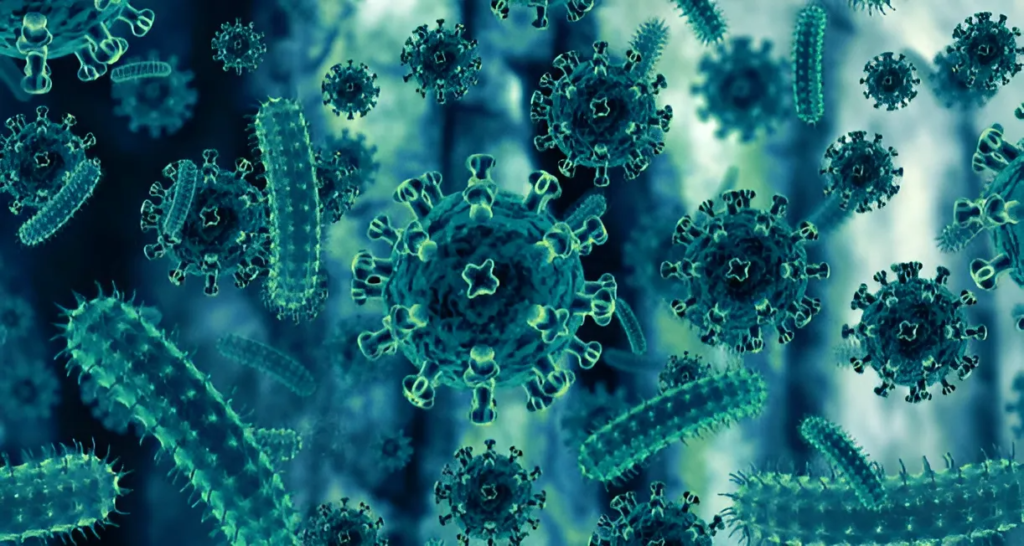
The key symptoms of a bladder infection in women include:
- Pelvic Pain: You may feel pain, pressure, or discomfort in your lower abdomen.
- Painful Urination: It may burn when you pee, and the pain can be severe.
- Frequent Urination: You may feel an urgent, persistent need to urinate.
- Bloody Urine: There may be visible blood in your urine.
- Foul-Smelling Urine: Urine may have a strong, unpleasant odor.
- Fatigue and Fever: More severe infections can cause flu-like symptoms.
What Causes Bladder Infections?
Most bladder infections are caused by E. coli bacteria from the digestive tract making their way into the urinary tract. This spread is made easier by a few key factors:
- Sex: Sexual activity can push bacteria closer to the urethra.
- Birth Control: Diaphragms and spermicide-coated condoms may raise UTI risk.
- Menopause: Low estrogen levels make the urinary tract more vulnerable.
- Diabetes: Uncontrolled diabetes increases susceptibility to UTIs.
- Catheter Use: Catheters provide a direct path for bacteria to enter the bladder.
- Immobility: Being bedridden or unable to fully empty the bladder raises infection risks.
How to Get Rid of a Bladder Infection
If you suspect you have a bladder infection, seeking medical treatment is crucial. Left untreated, bladder infections can spread to the kidneys and cause complications.
Your doctor will likely prescribe an antibiotic, which is the most effective way to clear a bacterial bladder infection. Be sure to take the full course as prescribed.
While antibiotics start working quickly, you may also find symptom relief from natural remedies like:
Drinking Lots of Water: Flushing the urinary tract helps remove bacteria. Unsweetened Cranberry Juice: May help prevent bacteria from sticking to cells. Taking a Probiotic: Maintaining gut health to prevent bacterial spread. Applying a Heating Pad: Can soothe pelvic pain and discomfort.
Weak Bladder After Sex
It’s not just infections – many women experience temporary bladder issues after intercourse. So what gives?
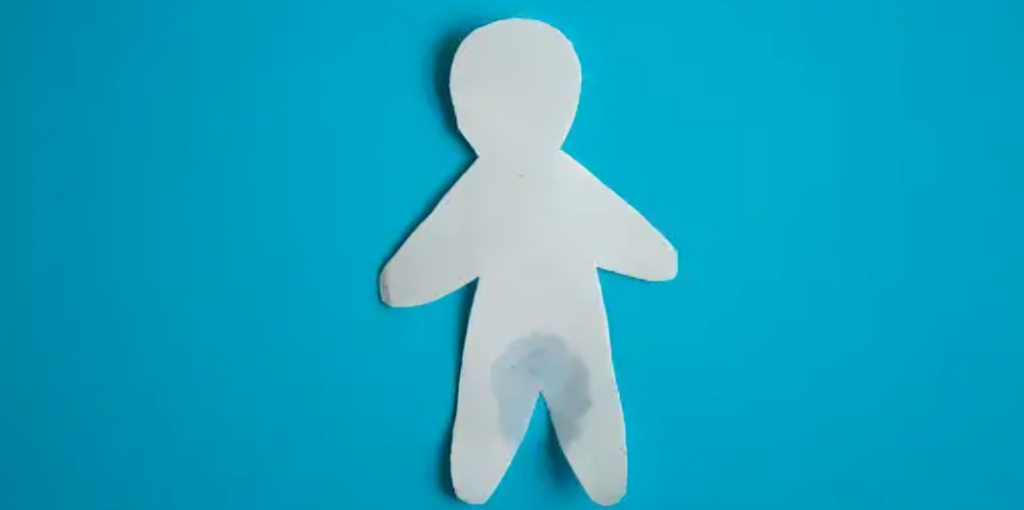
During sex, particularly with deep penetration, the bladder can get jostled and irritated. This irritation and inflammation can cause bladder spasms, leakage, and a sudden urge to urinate immediately after the act.
This “honeymoon cystitis” or “honeymoon disease” is very common and usually resolves on its own within a day or two. Easy prevention methods include urinating before and after sex, using adequate lubrication, and drinking plenty of water.
However, if bladder symptoms persist for more than a couple of days or you have other concerning symptoms like fever or pelvic pain, be sure to see your doctor to rule out an infection.
Best supplements for bladder health
- Cranberry extract or D-mannose: May help prevent UTIs by inhibiting bacterial adhesion
- Probiotics: Support a healthy urinary tract microbiome
- Pumpkin seed extract: Contains compounds that may relax the bladder
- Cornsilk tea: A traditional herbal remedy believed to have anti-inflammatory effects
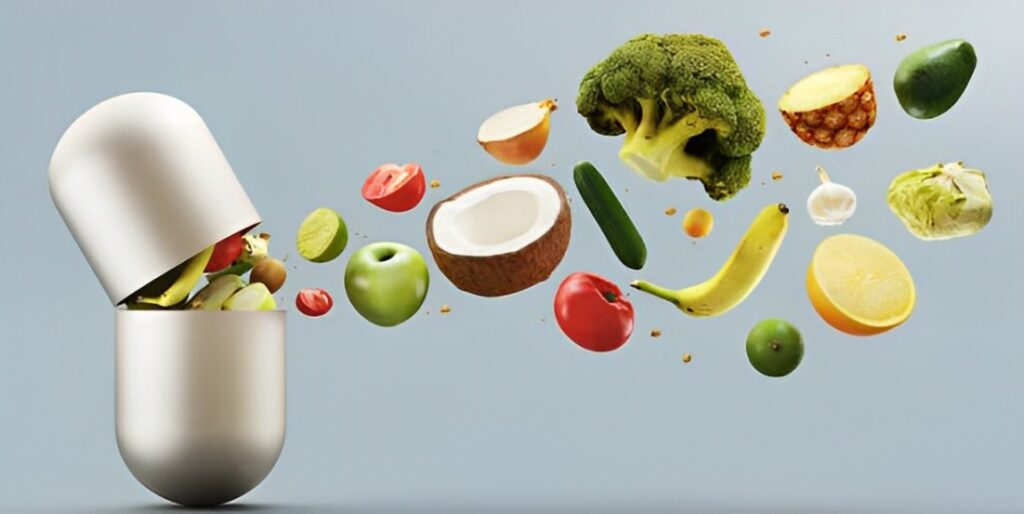
Vitamins for bladder health
- Vitamin C: An antioxidant that can help fight UTIs and bladder infections
- Vitamin D: Helps regulate the immune system to prevent infections
- B vitamins: Play a role in bladder tissue repair and preventing incontinence
- Vitamin E: An antioxidant that may protect the bladder lining
FAQs on Bladder Health
We’ve covered a lot about bladder spasms and infections, but you may still have some burning questions. Let’s dive into some of the most common queries:
What Does a Bladder Spasm Feel Like?
The sensation of a bladder spasm is often described as a sudden, intense urge or “gotta go” feeling. Some women liken it to menstrual cramps, with a sharp, squeezing pain in the pelvic area. Others say it simply feels like an overwhelming need to empty the bladder immediately.
Why Is My Bladder So Weak All of a Sudden?
There are a few potential reasons for sudden bladder weakness or urinary incontinence:
- A UTI that causes bladder irritation and spasms
- Vaginal infection or irritation around the urethra
- Short-term dehydration resulting in concentrated urine
- Pelvic floor weakness after childbirth or surgery
- Constipation pressing on the bladder
If it persists, see your doctor, as it could indicate an underlying condition.
How Long Does a Bladder Spasm Last?
Bladder spasms are usually fleeting, lasting anywhere from a few seconds to a couple of minutes at most. Occasional, brief spasms are normal. However, if painful or debilitating spasms last more than 15-20 minutes or keep recurring, it’s wise to seek medical care.
What Causes a Woman’s Bladder to Leak?
Urinary incontinence or bladder leakage in women is often caused by:
Stress Incontinence: Physical movement/pressure (coughing, sneezing, exercising) puts downward stress on the bladder.
Urge Incontinence: Overactive bladder causes a frequent, sudden urge that’s difficult to reach the bathroom in time.
Mixed Incontinence: A combination of the stress and urge varieties.
Pelvic Floor Disorders: Weakened or damaged pelvic muscles provide inadequate bladder support.
Why Does My Bladder Leak When I Cough?
That frustrating bladder leakage when you cough, laugh, sneeze or exercise is called stress incontinence. It occurs when increased abdominal pressure from the physical exertion puts extra stress on the bladder, causing leakage.
Why is my bladder so weak at a young age?
While bladder weakness is more common in older adults, some potential reasons for it occurring at a young age include pregnancy/childbirth, obesity, genetics, neurological conditions, chronic coughing, or pelvic/back injury. It’s best to get evaluated by a doctor to determine and treat the underlying cause.
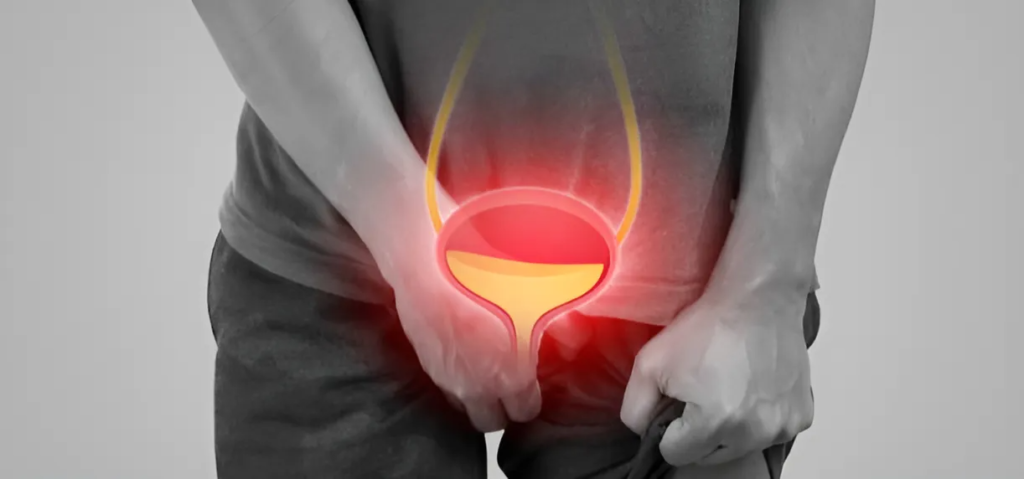
In Summary
Dealing with bladder issues like spasms and infections can certainly disrupt your daily life and be a source of frustration. However, you’re far from alone in this struggle. Millions of women experience these types of bladder problems every year.
The good news is that with some investigation into the underlying causes and a multifaceted approach, relief can often be found. Whether it’s through tried-and-true home remedies, properly treating infections, managing chronic conditions, or working with your doctor on medication or therapy, there are solutions out there.
Don’t let bladder problems derail your life. Stay vigilant about your bladder health, and have open conversations with your doctor. Be proactive in making lifestyle changes like staying hydrated, managing stress, and exercising. And remember, there’s no shame in seeking help – far too many women suffer in silence.
With some patience, perseverance, and a willingness to explore natural and medical options, you can get your bladder spasms and infections under control. Regaining that sense of confidence and freedom is priceless. You’ve got this!




